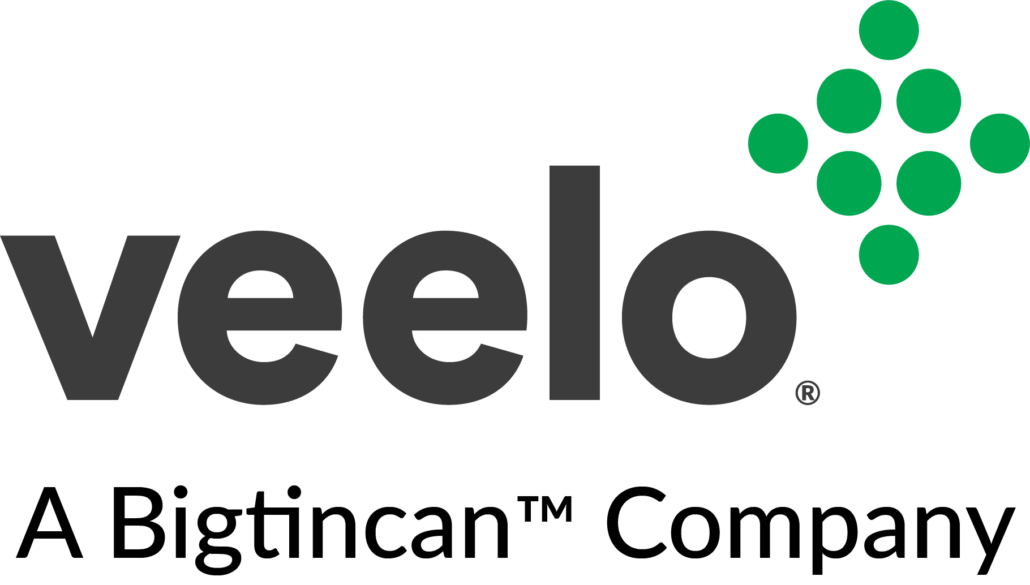Mobilizing Knowledge for Distributed Sales Teams
From how to position, qualify and sell – to updates on new products, features and the competition, your sales team needs knowledge. But it needs to be accessible, digestible and engaging. By providing mobile access to relevant information, organizations can enable their workforce to get the knowledge they need when they need it – between meetings, at home or in transit. However, effectively migrating this knowledge to the mobile realm requires you to distill key messages and streamline design to accommodate multiple devices and be easily retained on the go.
More isn’t always better. Sometimes it’s just more.
 Dealing with smaller screens and shorter attention spans requires breaking down information about complex subjects to make it more manageable to consume and easier to transfer to the real world. While the information might be valuable, in traditional sales training 80% of what reps learn is forgotten within 30 days if they are not able to internalize it and apply it in their day-to-day activities. With MobilePaks sales reps can easily access critical information when and where they need it in order to practice and reinforce the training and make it more effective.
Dealing with smaller screens and shorter attention spans requires breaking down information about complex subjects to make it more manageable to consume and easier to transfer to the real world. While the information might be valuable, in traditional sales training 80% of what reps learn is forgotten within 30 days if they are not able to internalize it and apply it in their day-to-day activities. With MobilePaks sales reps can easily access critical information when and where they need it in order to practice and reinforce the training and make it more effective.
Designing information that is engaging and relevant
To make knowledge truly accessible on the go, learning development teams need to consider a variety of factors from device type (iPhone, Android tablet, laptop, etc.) to physical surroundings, as well as Internet access, mobile screen size or touch specifications. This doesn’t mean you shouldn’t use interactive elements such as rich-content, video, quizzes and more, just keep in mind that for maximum usability, designs should be streamlined for the “lowest common denominator”.
Tracking user experience to improve the program
Incorporating knowledge checks and assessments throughout the knowledge sharing program increases engagement as well as provides feedback on competency and retention. Plus, performance, consumption and activity metrics will allow the company to have a deeper understanding of the factors that are influencing employee success.
Combining all of these elements when developing a mobile knowledge sharing program will not only bring life to stale content, but will empower employees to be more productive and successful. For example, because Yesmail’s sales force is geographically distributed and its products are continually evolving through agile development, the company was finding it increasingly challenging to distribute current and up-to-date information. Despite investing 100+ hours in building training videos on their Intranet, Yesmail’s sales force still had limited product knowledge so the company utilized the MobilePaks platform and sales readiness tool to provide their workforce with comprehensive product training that is engaging, meaningful, and measurable. Because MobilePaks is device agnostic, Yesmail’s sales force has access to on-demand performance support, training and job aids that can be completed at their convenience, only requiring a couple of clicks.
Want to know more? Read our brief on Going Mobile to Boost Sales Performance.

 Analyze the content that you are trying to convert. Is it a long already existing web based training? Is it a recorded webinar that you have that is filled with great tips and tricks? Is it a .PDF or job aid that is great for printing but doesn’t translate well to a smaller device?
Analyze the content that you are trying to convert. Is it a long already existing web based training? Is it a recorded webinar that you have that is filled with great tips and tricks? Is it a .PDF or job aid that is great for printing but doesn’t translate well to a smaller device? in the material you can slice the content up into much smaller modules.
in the material you can slice the content up into much smaller modules.